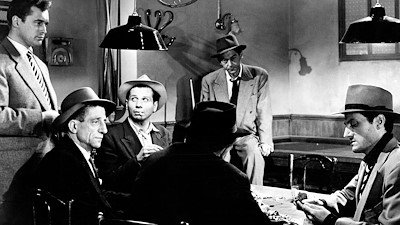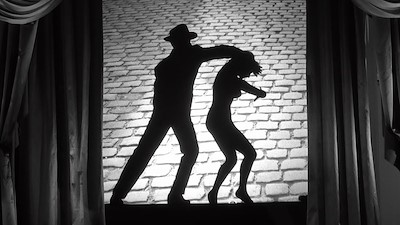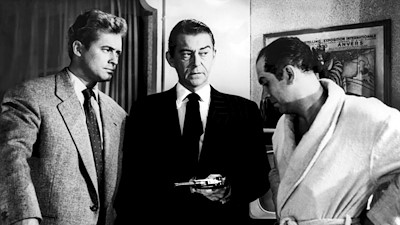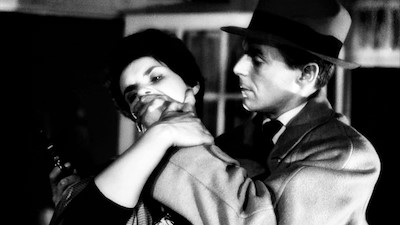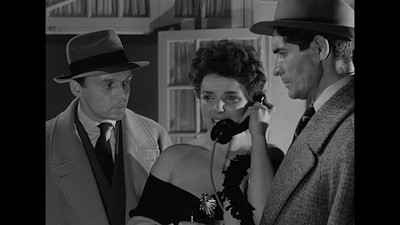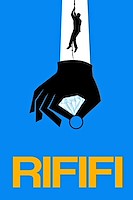Du rififi chez les hommes
Jules Dassin, France, 1955o
Jewel thief Tony gets out of prison after five years and turns down a quick job. When he learns that his lover has defected to a local gangster while he was away, he returns to his old trade and robs a Paris jewellery shop with his well-rehearsed team of seasoned professionals. The coup is meticulously planned and masterfully executed. But there is one thing Tony has not considered.
The American Jules Dassin (1911-2008) became one of the most sought-after new Hollywood directors in the second half of the 1940s with realistic crime films like The Naked City and Brute Force, but as an avowed leftist he was blacklisted in 1948 and emigrated to France. There he made this mother of all "heist movies" in 1954. "Rififi" means "trouble" and tells the story of four international specialists who meticulously plan and masterfully execute the burglary of a Paris jewellery shop only to get caught by a rival gang. The film became a legend primarily because of the 26-minute wordless and musicless burglary scene in which the master thieves act with the individual precision and well-rehearsed perfection of a ballet troupe. But that's not all: in the dramatic second half, Rififi escalates into a Parisian panopticon of the 1950s in almost 20 original locations. Finally, the closing sequence, in which the gang's vengeful head drags itself through the asphalt jungle one last time, is magnificently staged and mounted. Pre-protected coolness and secret sentimentality in the face of the inevitability of ruin: that's how it must be in this form of existentialism that has become film, which was debated and lived at the same time in cafés and jazz cellars on the Rive Gauche, so that not only heads smoked. Great class.
Andreas FurlerGalleryo
